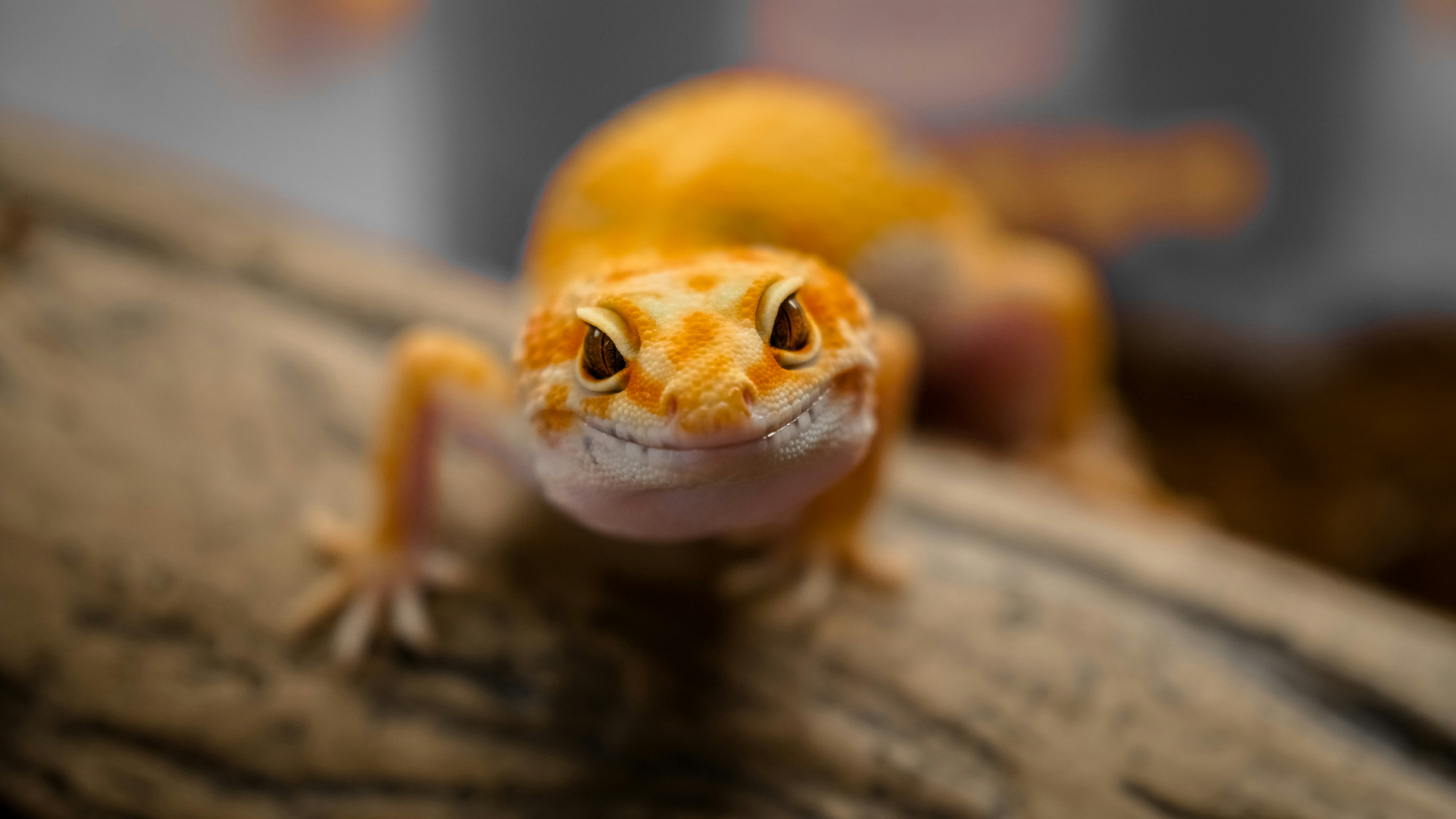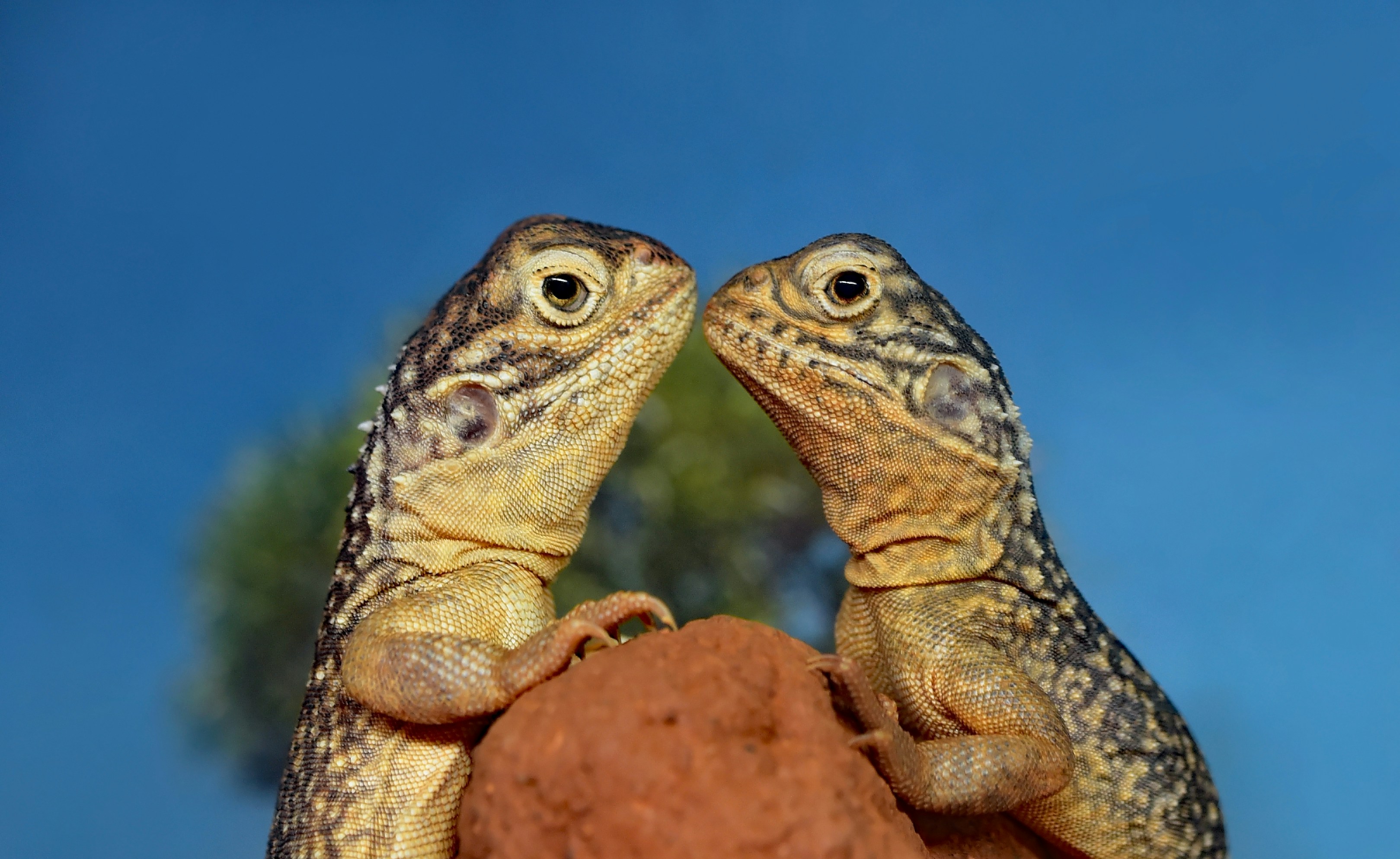In the world of bearded dragons, size matters. Male and female bearded dragons may look similar at first glance, but there are some key differences to look out for. Males are usually bigger and longer than females, with a larger, more prominent head. Females, on the other hand, tend to have shorter, stubbier tails. These size differences can help us determine the gender of these fascinating reptiles. So, if you’re curious about bearded dragons and want to learn more about the differences between males and females, keep reading!
Head Size
Male Bearded Dragon Head Size
The head size of male bearded dragons is generally larger compared to female bearded dragons. This is because males need larger heads to accommodate their larger jaw muscles, which they use to display dominance and attract females during mating. The larger head size also helps male bearded dragons defend their territory and compete with other males.
Female Bearded Dragon Head Size
Female bearded dragons typically have smaller head sizes compared to males. This is because they do not need to display dominance or fight for territory like males do. Their smaller head size allows them to have a sleeker and more streamlined appearance, which is beneficial for their overall mobility and agility.
Sexual Dimorphism in Head Size
Sexual dimorphism refers to the physical differences between males and females of the same species. In the case of bearded dragons, one of the significant differences is in head size. Males have larger heads to support their dominant behaviors and competition, while females have smaller heads for enhanced agility and mobility.
Body Length
Male Bearded Dragon Body Length
Male bearded dragons tend to be longer in body length compared to females. This is because a larger body size is advantageous for males when it comes to establishing dominance, defending territory, and attracting mates. The longer body also allows males to display their vibrant coloration and elaborate head-bobbing behavior more effectively.
Female Bearded Dragon Body Length
Female bearded dragons are generally shorter in body length compared to males. The smaller body size of females allows them to be more agile and maneuverable, especially during breeding and nesting activities. Their compact size also makes it easier for females to navigate through foliage and find suitable nesting sites.
Sexual Dimorphism in Body Length
Sexual dimorphism in bearded dragons is evident in their body length. Males tend to have longer bodies, which is advantageous for their dominant behaviors and reproductive success. Females, on the other hand, have shorter bodies to facilitate their mobility and nesting activities.
This image is the property of images.unsplash.com.
Tail Length
Male Bearded Dragon Tail Length
Male bearded dragons typically have longer tails compared to females. The tail plays an essential role in balance, communication, and courtship rituals for males. The longer tail size enables males to perform impressive tail displays and wave their tails to attract females during the breeding season.
Female Bearded Dragon Tail Length
Female bearded dragons generally have shorter tails compared to males. The shorter tail size allows females to maneuver efficiently during nesting activities and reduces the risk of the tail getting tangled or damaged. Despite the shorter length, the female bearded dragon’s tail still serves important functions such as communication and temperature regulation.
Sexual Dimorphism in Tail Length
Sexual dimorphism in bearded dragons is also evident in tail length. Males tend to have longer tails to aid them in their courtship rituals and display behaviors, whereas females have shorter tails that enhance their overall agility and nesting activities.
Overall Size
Male Bearded Dragon Overall Size
Male bearded dragons are larger in overall size compared to females. They have broader bodies, larger heads, and longer tails. The larger size of males allows them to intimidate rival males, defend their territory, and attract mates successfully. Additionally, the larger size gives them an advantage in thermoregulation, as they can absorb more heat from their environment.
Female Bearded Dragon Overall Size
Female bearded dragons are generally smaller in overall size compared to males. Their smaller size enables them to be more agile and maneuverable, especially during nesting and egg-laying activities. The compact size of females also makes it easier for them to find suitable hiding spots and avoid potential predators.
Sexual Dimorphism in Overall Size
The sexual dimorphism in overall size between male and female bearded dragons is quite significant. Males exhibit larger and more robust body structures, whereas females have a more streamlined and compact body shape. These size differences reflect the distinct roles and behaviors each gender performs in terms of reproduction and survival.
Weight
Male Bearded Dragon Weight
Male bearded dragons are generally heavier in weight compared to females. The additional weight is due to their larger body size, including the head, limbs, and tail. The weight of male bearded dragons contributes to their overall strength and dominance, allowing them to compete for resources and mates successfully.
Female Bearded Dragon Weight
Female bearded dragons typically weigh less compared to males. The smaller size and lighter weight of females make it easier for them to navigate through their environment and engage in nesting behaviors. The lighter weight also reduces the energy expenditure associated with movement and allows them to allocate resources towards reproduction.
Sexual Dimorphism in Weight
Sexual dimorphism in bearded dragons is evident in their weight differences. Males have a higher body weight due to their larger size and muscle mass, while females have a lower body weight to support their reproductive activities. These weight disparities are a result of evolutionary adaptations specific to each gender.
Coloration
Male Bearded Dragon Coloration
Male bearded dragons often exhibit more vibrant and varied colorations compared to females. They can display shades of bright yellow, orange, red, and even blue. These striking colors are used by males to attract females during the breeding season and to establish dominance among other males. The vibrant coloration of males is a visual representation of their overall health and genetic fitness.
Female Bearded Dragon Coloration
Female bearded dragons typically have more subdued coloration compared to males. They often display shades of brown, gray, and lighter tones. This less vibrant coloration helps females blend into their surroundings and provides camouflage while nesting and protecting their eggs. The subtle coloration of females allows them to focus on reproductive activities without drawing attention to themselves.
Sexual Dimorphism in Coloration
Sexual dimorphism in bearded dragons is evident in their coloration. Males exhibit more vibrant and diverse colors to attract females and establish dominance, while females have a more subdued and camouflaged coloration to enhance their survival and reproductive success.
This image is the property of images.unsplash.com.
Behavior
Male Bearded Dragon Behavior
Male bearded dragons display a range of behaviors that are associated with dominance and reproductive success. They engage in head bobbing, arm-waving, and posturing to establish their dominance and attract females during the breeding season. Males also exhibit territorial behaviors and may become aggressive towards other males to protect their resources and mating opportunities.
Female Bearded Dragon Behavior
Female bearded dragons exhibit behaviors that focus on reproductive activities. They engage in nesting behaviors such as digging burrows and laying eggs. Females may also display aggressive behaviors when it comes to protecting their nesting sites and eggs from potential threats. While less dominant than males, females still play crucial roles in the survival and continuation of the species.
Sexual Dimorphism in Behavior
Sexual dimorphism in bearded dragons is not only evident in their physical characteristics but also in their behaviors. Males exhibit dominant behaviors to attract mates and establish their territories, while females engage in nesting behaviors and protect their eggs. These behavioral differences are essential for the successful reproduction and survival of both genders.
Reproductive Organs
Male Bearded Dragon Reproductive Organs
Male bearded dragons have a pair of hemipenes, which are the reproductive organs located at the base of their tails. The hemipenes are responsible for the transfer of sperm during copulation. When not in use, the hemipenes are inverted and housed within the male’s tail, allowing for protection and easy movement.
Female Bearded Dragon Reproductive Organs
Female bearded dragons have a pair of ovaries and a reproductive tract that includes a uterus and oviducts. The ovaries produce eggs, which travel through the oviducts for fertilization and implantation in the uterus. Female reproductive organs undergo significant changes during the breeding season to accommodate the growing eggs and facilitate successful reproduction.
Sexual Dimorphism in Reproductive Organs
Sexual dimorphism in bearded dragons is evident in their reproductive organs. Males possess hemipenes, which are absent in females. The presence of specific reproductive organs in each gender allows for specialized roles and functions during reproduction.
Sexual Maturity
Male Bearded Dragon Sexual Maturity
Male bearded dragons reach sexual maturity between 8 to 12 months of age. At this stage, they are capable of reproducing and displaying reproductive behaviors such as head bobbing and arm-waving to attract females. The exact age of sexual maturity can vary depending on the individual genetics, health, and environmental factors.
Female Bearded Dragon Sexual Maturity
Female bearded dragons typically reach sexual maturity between 10 to 14 months of age. Once sexually mature, they are capable of producing eggs and engaging in nesting behaviors. The age at which females achieve sexual maturity can be influenced by various factors such as nutrition, temperature, and overall health.
Sexual Dimorphism in Sexual Maturity
Sexual dimorphism in bearded dragons is evident in their age of sexual maturity. Males generally reach sexual maturity earlier than females, allowing them to engage in mating behaviors and compete for mates. This difference in maturity timing is an adaptation that ensures successful reproduction and continuation of the species.
Breeding Season
Male Bearded Dragon Breeding Season
Male bearded dragons experience a heightened level of reproductive activity during the breeding season. This period typically occurs during the spring and summer months when environmental conditions are favorable for mating and egg incubation. Males exhibit behaviors such as head bobbing, arm-waving, and color intensification to attract females and establish their reproductive dominance.
Female Bearded Dragon Breeding Season
Female bearded dragons also experience changes in behavior and physiology during the breeding season. They become receptive to mating, display receptive behaviors towards males, and actively seek out suitable nesting sites. The breeding season provides females with the opportunity to reproduce and contribute to the next generation of bearded dragons.
Sexual Dimorphism in Breeding Season
Sexual dimorphism in bearded dragons is evident during the breeding season. Males undergo more pronounced changes in behavior, such as increased aggression and courtship displays, to attract females. Females, on the other hand, experience physiological changes that are essential for successful reproduction, such as producing eggs and preparing for nesting.
In conclusion, male and female bearded dragons exhibit noticeable differences in various aspects, including head size, body length, tail length, overall size, weight, coloration, behavior, reproductive organs, sexual maturity, and breeding season. These differences are a result of evolutionary adaptations that allow each gender to fulfill their specific roles in reproduction, survival, and species continuation. Understanding these differences is crucial for the proper care and husbandry of bearded dragons as pets or in a captive breeding setting.



